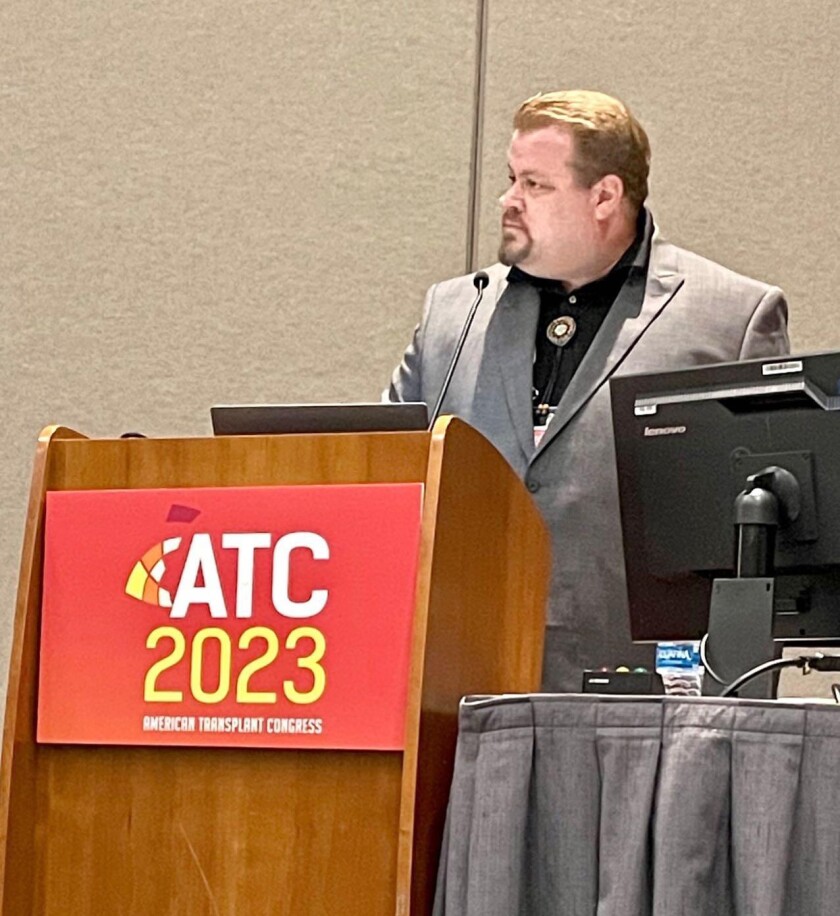BEMIDJI — Without anyone in his family already in the field, when Casey Dorr first decided he wanted to become a scientist, he didn’t have many people he could talk to about what that decision meant.
“When I decided I wanted to become a scientist in high school, I had no idea what that involved, and no one in my family did either,” he recalled. “I just had a dream.”
ADVERTISEMENT
As a first-generation descendant of the Mille Lacs Band of Ojibwe from Bemidji, Dorr wanted to combine his Indigenous heritage with his love of science and he was determined to find a way to pursue that path.
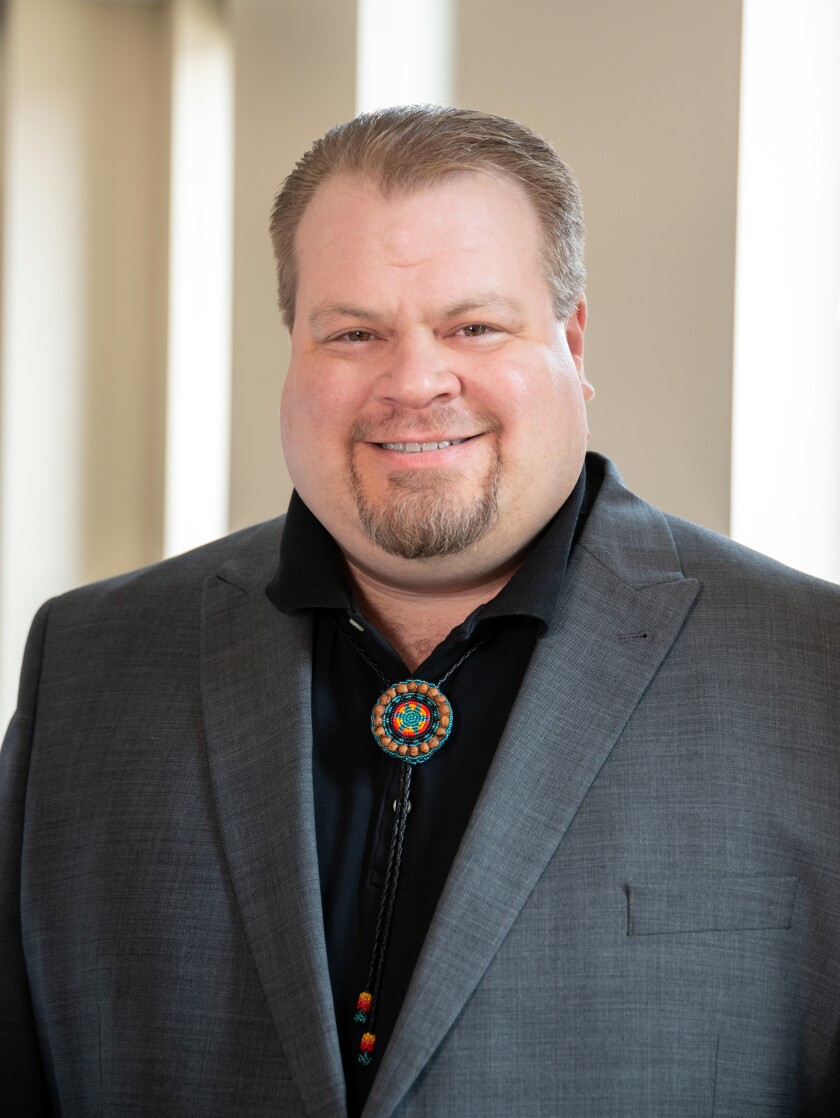
Now an experienced scientist with the Hennepin Healthcare Research Institute and an assistant professor at the University of Minnesota's College of Medicine, Dorr attributes his success to the mentors and Native American scientists who took him under their wings.
The next step, Dorr believes, is to return the favor by inspiring and training the next generation of Indigenous scientists.
“My elders put all this effort into me, so it’s important to keep that cycle going,” he said.
Finding inspiration and connection
Growing up in Bemidji, Dorr was a competitive and bright student, and his interest in science was solidified during a Bemidji High �������� trip after his junior year to Belize.
“I got really intrigued by science and the natural world, being in the rainforest and coral reef ecology with my other Lumberjack classmates,” he explained. “I just realized I wanted to do something with science and Indigenous populations for a career.”
During his senior year, Dorr took every science class he could, from biotechnology to genetics. After graduating in the spring of 1999, he began attending the University of Minnesota Duluth the following fall.
ADVERTISEMENT
"When I got to Duluth, my dream really started to develop," Dorr said. "I started envisioning myself as a scientist."
It was at UMD that he was first introduced to organizations dedicated to supporting Native American scientists, the American Indian Science and Engineering Society, and the Society for the Advancement of Chicanos/Hispanics and Native Americans in Science.
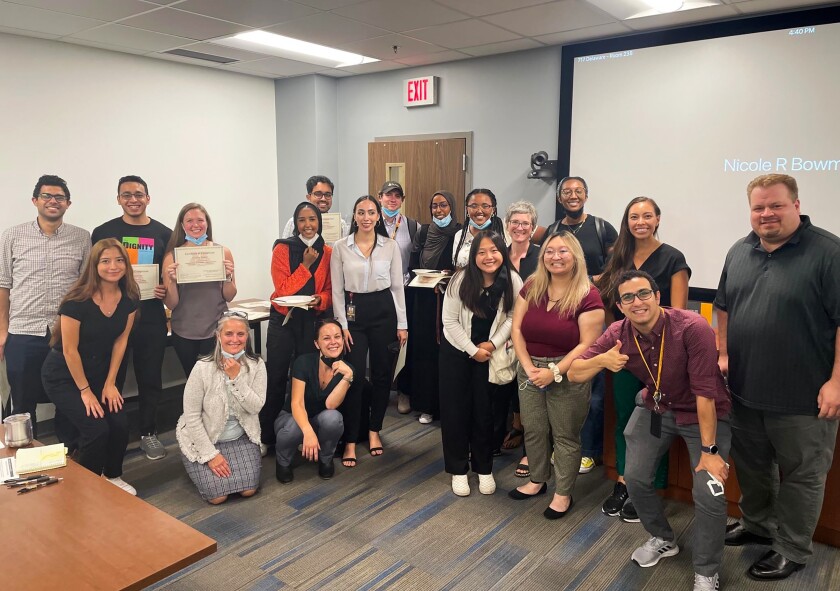
These organizations have created a network for Indigenous scientists, both as students and professionals, and encourage their members to bring their unique cultures and perspectives into the sciences.
“If you’re in a normal chemistry class, there’s not a lot of culture, but these societies bring that culture and make that equally important,” Dorr explained. “SACNAS and AISES ask you to bring your full self, and they help you with a network of support.”
But it wasn’t just the organizations that provided support, it was also the Indigenous leaders and mentors who helped Dorr while he was at UMD and later when he started attending the University of Minnesota Twin Cities for his doctorate.
“I started to meet some mentors, namely Rick Smith, who’s Red Cliff Ojibwe, and Ben Clarke, who’s enrolled with the Grand Portage Ojibwe,” Dorr said. “From my freshman year in college they took me under their wing and really started mentoring me — not only as a scientist but helping me to really embrace being Native and bringing culture into science.”
Dorr shared that their mentorship had a considerable impact on him, and in turn, motivated him to mentor others where he could.
ADVERTISEMENT
Encouraging Indigenous students
Much of Dorr's focus is working to inspire the next generation of Indigenous scientists, who remain underrepresented in the field and other STEM careers.
“A lot of Natives, a lot of people from minority communities, don’t feel like they belong in the science world — but we do,” he said. “Science depends on innovation, you need to have new thoughts and ideas. There’s not a lot of Native people in science, so we bring a new perspective.”
Dorr attributes the underrepresentation of Indigenous people in the sciences to the impacts of U.S. history and ongoing structural racism. The efforts to remove Native Americans from their cultures, and to limit their access to education and other avenues have lasting effects, Dorr said, sharing that his grandfather was forced to attend a residential boarding school and never had the chance to graduate high school.
“My grandpa told me ‘You go as far as you can, because I couldn’t,’” Dorr said. “My grandparents just didn’t have the opportunity, nowadays with more equity the opportunities are there, but students might not have family members who are scientists.”
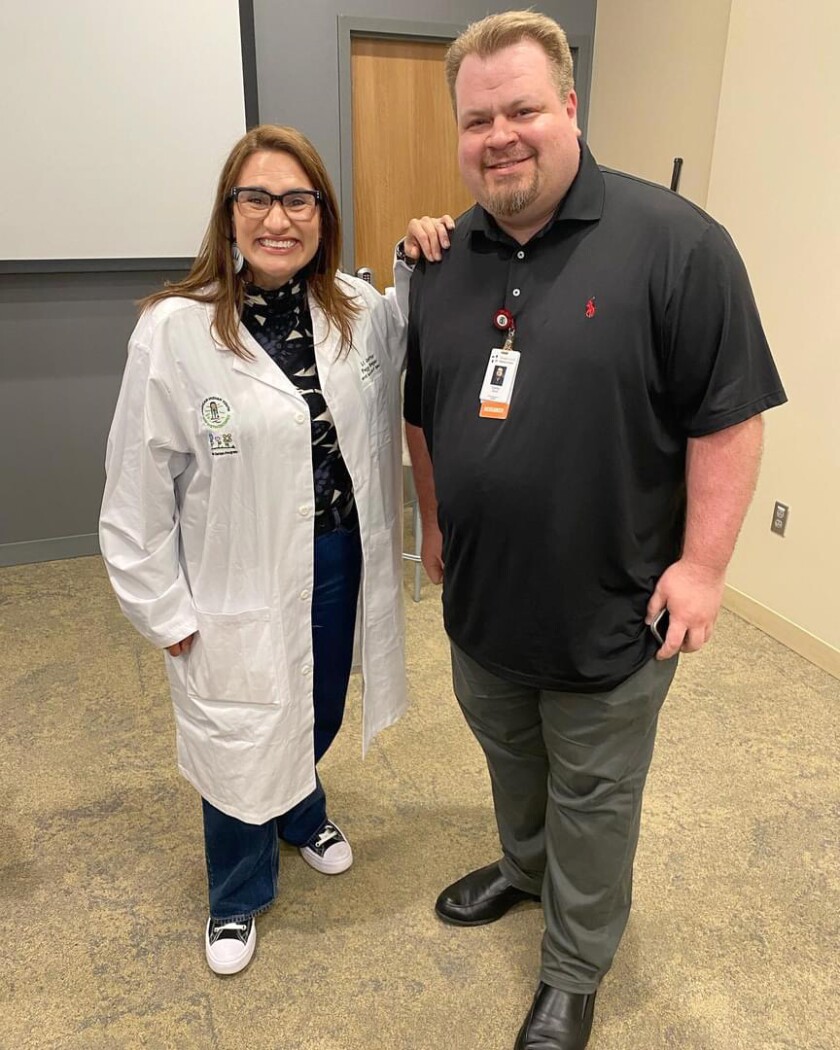
Dorr works to provide opportunities for mentorship of young Indigenous students who are interested in sciences and who might not have other mentors to turn to.
He runs summer programs through the University of Minnesota, and that provide college students from underrepresented populations with a chance to conduct and present their own research — applications for which have opened for the summer of 2024.
“These programs I run are aimed at training Native students, Hispanic students, African American students,” Dorr said. “I’d love if some Native students in Bemidji who want to become scientists were to join.”
ADVERTISEMENT
Watching the young scientists grow through the program and conduct their own research has been rewarding for Dorr, who shared the joy he experiences when he watches their final presentations.
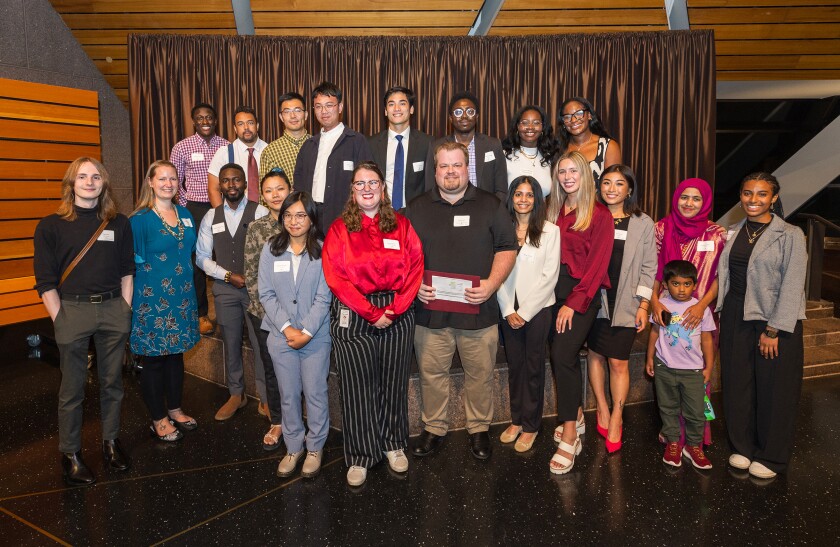
“These students may not have had any research experience, and by the end, they’re presenting their work and you can see how proud they are,” he said. “To know that I could help them along the way means a lot and now some of these students are off becoming doctors themselves.”
Mentoring student researchers is how Dorr hopes to make his impact on the next generation of Indigenous scientists and improve science as a whole to make it accessible and more representative of the populations it serves.
“If we can train students to start becoming leaders, furthering their careers and their places in society, we can start making structural change,” he said. “But it starts with giving people the skills they need to succeed and it takes other people to train the next generation.”
